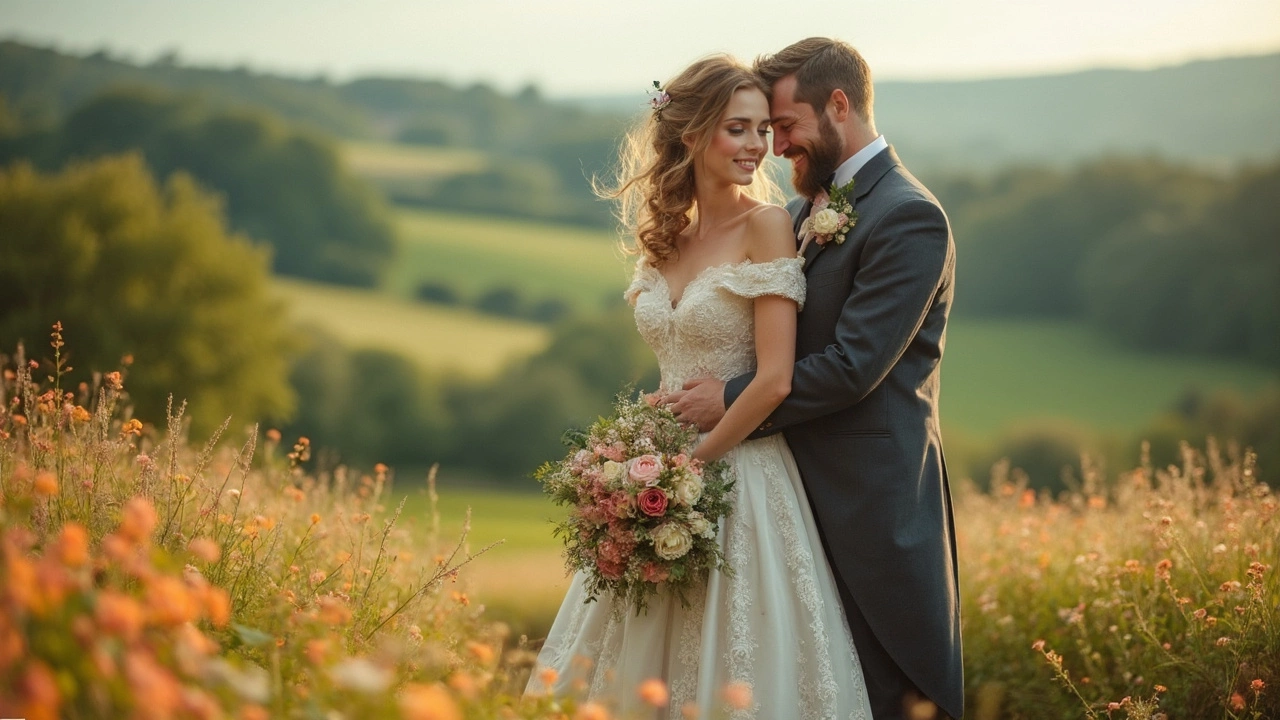Photography Tips for Weddings: Real‑World Advice to Nail Every Shot
Planning a wedding is a marathon, and your photos are the finish line. You don’t need a fancy degree to get great pictures, just a clear plan and a few smart moves. Below are the top tips that will keep you relaxed and the images spectacular.
Know How Many Hours You Actually Need
The first question couples ask is, "How many hours should we book?" The answer depends on your timeline. A typical ceremony plus reception runs about 8‑10 hours, but you can trim it down if you’re tight on budget. Book the photographer for the ceremony, key moments (first look, cake cutting, first dance), and at least an hour for group photos. Anything beyond that is a bonus – it gives the photographer leeway for candid moments and unexpected lighting changes.
Pick the Right Photographer, Not Just the Cheapest
Scrolling through Instagram feeds is tempting, but look deeper. Ask to see full wedding albums, not just highlight reels. Check if the photographer’s style matches your vision – do you like bright, airy shots or moody, cinematic feels? A good photographer will also be personable; you’ll spend many hours together, so comfort matters. When you find a match, negotiate a clear contract that outlines deliverables, payment schedule, and backup plans.
Now that you’ve secured the photographer, think about the day’s flow. Start with a realistic shot list – write down must‑have images like parents’ portraits, the ring exchange, and details of décor. Share this list with your photographer a week before the wedding. It saves time and prevents missed moments.
Lighting is the silent hero of every photo. Early morning or late afternoon sunlight (the “golden hour”) flatters skin tones and adds a warm glow. If your ceremony is indoors, ask the photographer about supplemental lighting or natural light sources like large windows. Avoid harsh overhead lights that cast unflattering shadows.
Don’t forget the power of a “first look.” A private moment before the ceremony lets the couple relax, generates genuine smiles, and frees up the schedule for more candid reception shots. It’s also a safety net – if something goes wrong later, you already have at least one emotional image.
Group photos can be a logistical nightmare. Assign a trusted friend or family member as the photo coordinator. Give them a simple cheat‑sheet with who needs to be photographed together. This way, you stay out of the way and the photographer can focus on capturing the joy.
Backup plans matter. Weather can change in a heartbeat, especially for outdoor weddings. Have an indoor location ready for key portraits, and discuss with the photographer how they handle rain or wind. A flexible schedule and clear communication keep stress low.
Finally, protect your investment with a smart payment plan. Many photographers ask for a 30% deposit to secure the date, a second installment midway, and the balance on the day. This staggered approach ensures you’re not left scrambling for cash at the last minute and gives the photographer confidence you’ll follow through.
With these photography tips in your toolbox, you’ll walk into your wedding knowing the visual story will be as beautiful as the day itself. Keep the plan simple, trust your photographer, and enjoy every moment – the camera will take care of the rest.

- Apr, 10 2025
- Comments 0